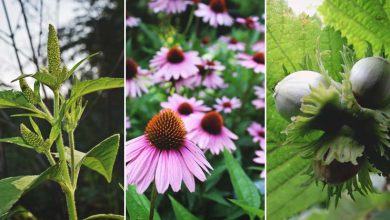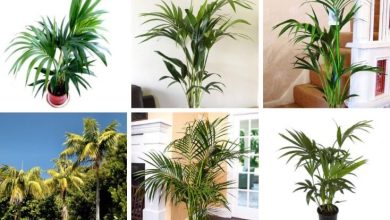Soil Texture: What is it? What types of soil are there? How do we measure it?
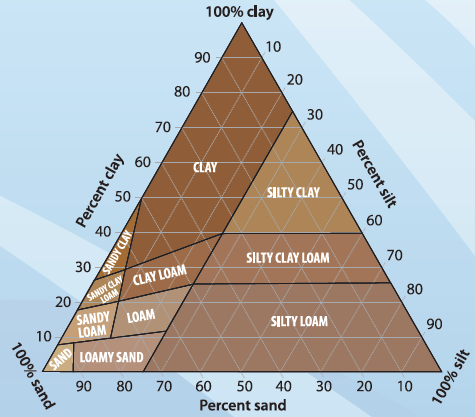
The texture of the soil defines its composition and how suitable it is or not for certain types of plants.
Through their study, farmers have managed to establish the best conditions for each species and thus ensure that it develops properly.
In reference to this, today we want to give you a review of all the elements involved so that you know how to differentiate one from the other.
If we are ready, then we begin!
What is the texture of the earth?
Earth is made up of three basic elements: sand, clay, and silt.
 The proportions of each of the elements are what allow for variability in textures.
The proportions of each of the elements are what allow for variability in textures.
Therefore, the texture of the earth is the condition that it presents aroundto the elements that comprise it.
In relation to the prominence of one or another element,the soil can be divided into clay, sandy or loam.
How does the texture of the terrain influence agriculture?
It is a fact that each plant will develop according to certain conditions.
 Land is the most important factor in any crop,because it not only supports the roots, but also provides nutrients for growth.
Land is the most important factor in any crop,because it not only supports the roots, but also provides nutrients for growth.
Precise knowledge of the type of soil in a given area will give a clearer picture of the plant species that can be planted there.
When studying the conditions of any crop, we can see that there are clear references to the soil needs they have.
You can check this, for example, by reviewing any of our crop references, such as avocados, aubergines or grapevines.
What types of soils exist?
The soils appear in5 different types.
As has been said before, this differentiation lies in the element that is most concentrated in its composition.
Thus, the following can be mentioned:
- gritty.
- Limestone.
- Humiferous.
- Clayey.
- stony.
- Mixed.
limestone
limestone soilsthey are not a good speciesfor agricultural work.
In general they are quite dry, white in color and retain very little water.
Also, they are full of salts.

Humiferous
On the other hand , the humiferous contain a wide variety of nutrients that have been obtained naturally or worked with fertilizers.
Due to these characteristics, their soil is black and loose and they retain moisture very well.
Thanks to these elements,It is an ideal land to cultivateof a wide variety of species.
stony
Stony soils, as their name indicates, are composedmostly by rocks and stones.
They are not suitable for sowing, since in additionthey are not capableto retain any moisture.
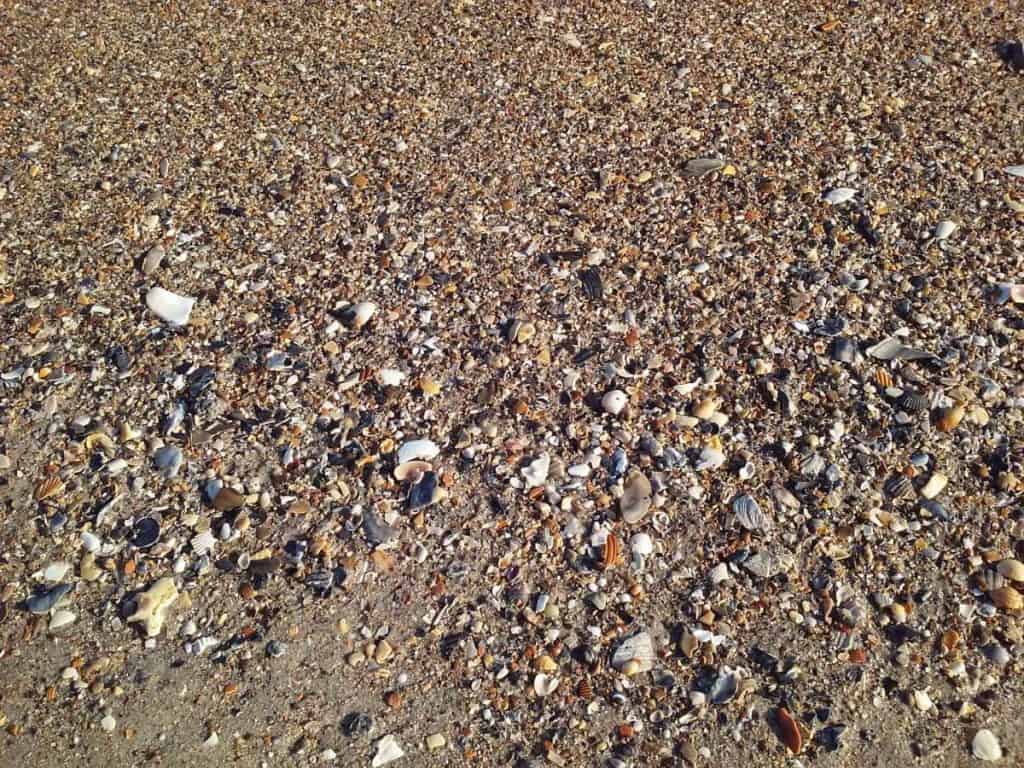
Mixed
Finally, the mixed ones containa similar mixture of clay and sand.
The case of clayey and sandy soils will be dealt with in the following sections.
What is a clay soil?
In this soil, the predominant element is clay. It is a species where the color that stands out, more than anything, is red.
Another characteristic that it presents is the little drainage that it has, so it is common for it to flood easily.
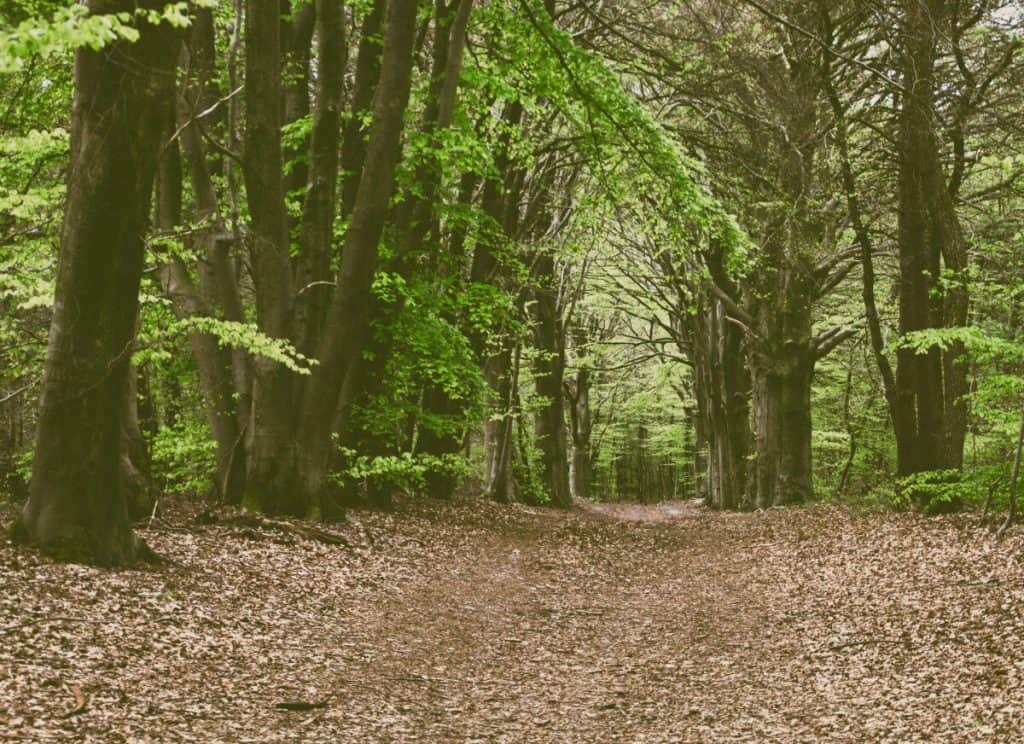 When determining if a soil is clayey or not, the most common is to carry out a laboratory test.
When determining if a soil is clayey or not, the most common is to carry out a laboratory test.
But, if we don’t have one nearby, a home studio is also possible.The idea will be to take a bit of the earth and moisten it to make it moldable.
The level of purity around the clayIt will be noticeable if when curved it does not crack.
What is an acid soil?
Another way of working in terms of soil classification is bythe pH level they contain.
In this case, an acidic soil will have a pH below 5.5.
Many species of flora handle the need for this type of soil to make plantations.
A homemade way to check if a soil is acidic is by making a mixture with baking soda and distilled water.
The idea is to place a little soil in a glass container and cover it with water, then add the baking soda.If bubbling is noticed within the mix, it is an acid soil.
Another way is with litmus paper strips that are commonly sold and easy to use.
What plants benefit from acid soil?
- Carnivorous plants in general.
- the hydrangeas
- the rhododendron
- the heather
- The Cranberries.
- The corn.
- Pumpkins and courgettes.
What is a sandy soil?
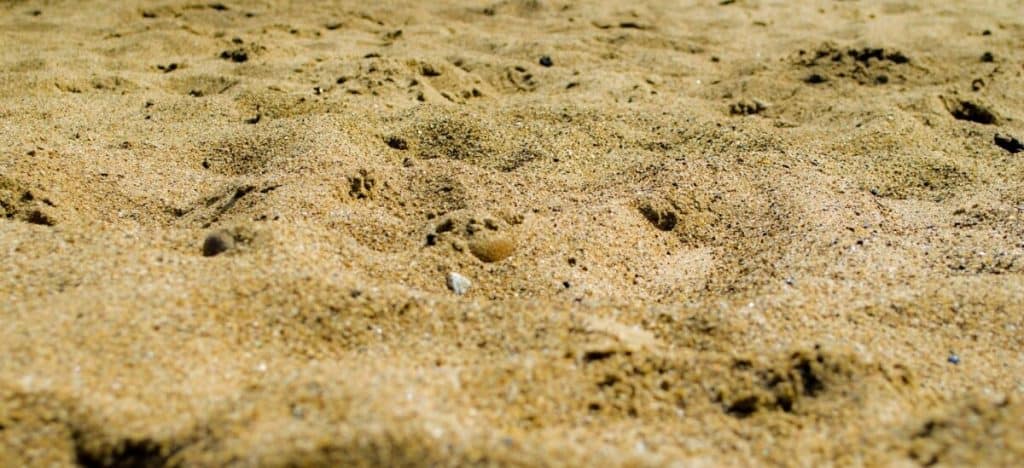 This type of soilIt is formed mainly of sand.
This type of soilIt is formed mainly of sand.
They do not retain water very well, so to be used for planting they need a lot of care regarding humidity.
However, there are many species that have the capacity to live in these conditions and develop properly.
Thanks to their characteristics, the plants that are most evident in areas of this type are those of a medicinal or aromatic nature.
For example, rosemary, lavender or fennel.
What crops benefit from sandy soil?
- Leafy vegetables: such asbroccoli,cauliflower,lettuce.
- Tubers: such aspotatoes,sweet potatoes,turnips,tiger nuts,yamsorcassava.
- Trees:Lemon,almond tree,laurelandolive tree.
- Shrubs: lavender, thyme or rosemary.
- Root vegetables:Garlic,leek,chives,onionsorcarrots.
What is the difference between soil structure and soil texture?
Texture is represented by the quantity and quality of the particles that make up the soil.
For its part, the structure is the way in which that soil is presented, emphasizing the distribution of these particles.
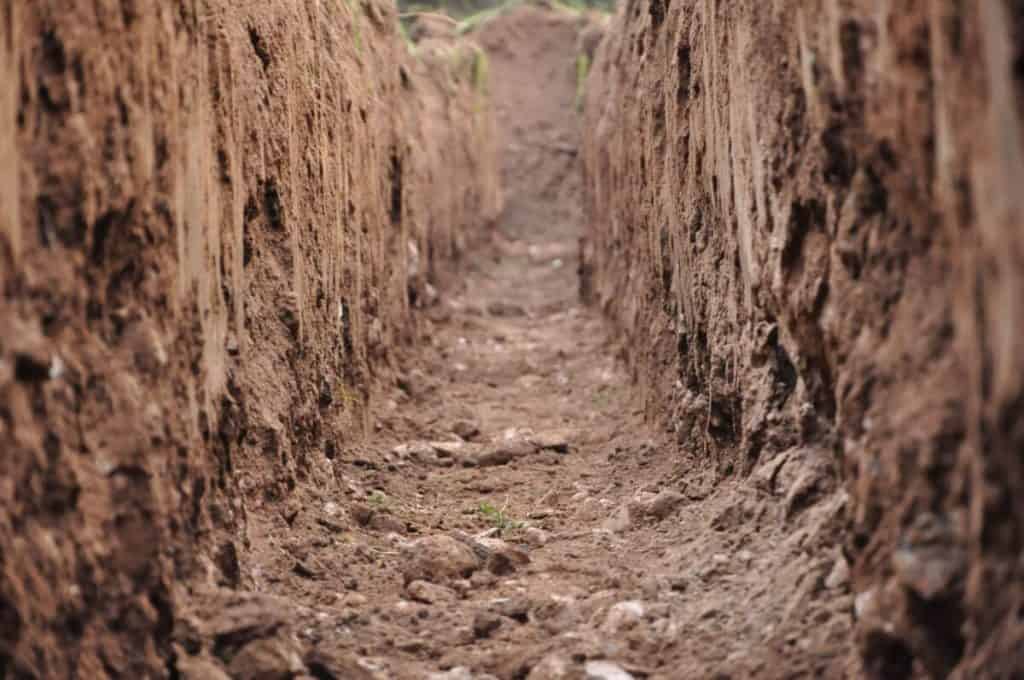 In this way, different types of structures can be found around the soils and that are evidenced around how compacted or not they may be.
In this way, different types of structures can be found around the soils and that are evidenced around how compacted or not they may be.
A soil with a good structure It is presented as an excellent option for planting, since the natural elements do not harm it.
However, those that do not have a compact texture tend to generate complications at the time of sowing, since they are not loose.
What is a loamy texture?
The loamy texture is the most superficial layer of the earth. Its composition allows sowing to be carried out in its vicinity without major inconveniences, since it is rich in nutrients.
It is also remarkable that it has a loose structure thatfacilitates the passage of air and agricultural work.
Finally, it should be noted that it tends to absorb moisture very well.
Knowing the type of soil is very importantto be successful in growing and planting any plant.
That is why having this guide at hand can always help you a lot in your daily work.
The good thing is that we will always leave you the exact guidelines for each species, so you just have to get down to work and enjoy your plantations.

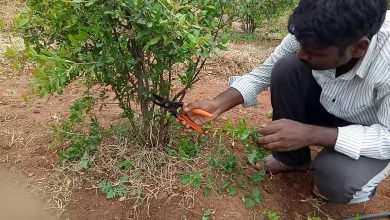
![Photo of Rockery: [Cultivation, Irrigation, Associations, Pests and Diseases]](https://www.complete-gardening.com/wp-content/uploads/2022/08/rockery-cultivation-irrigation-associations-pests-and-diseases-390x220.jpg)
